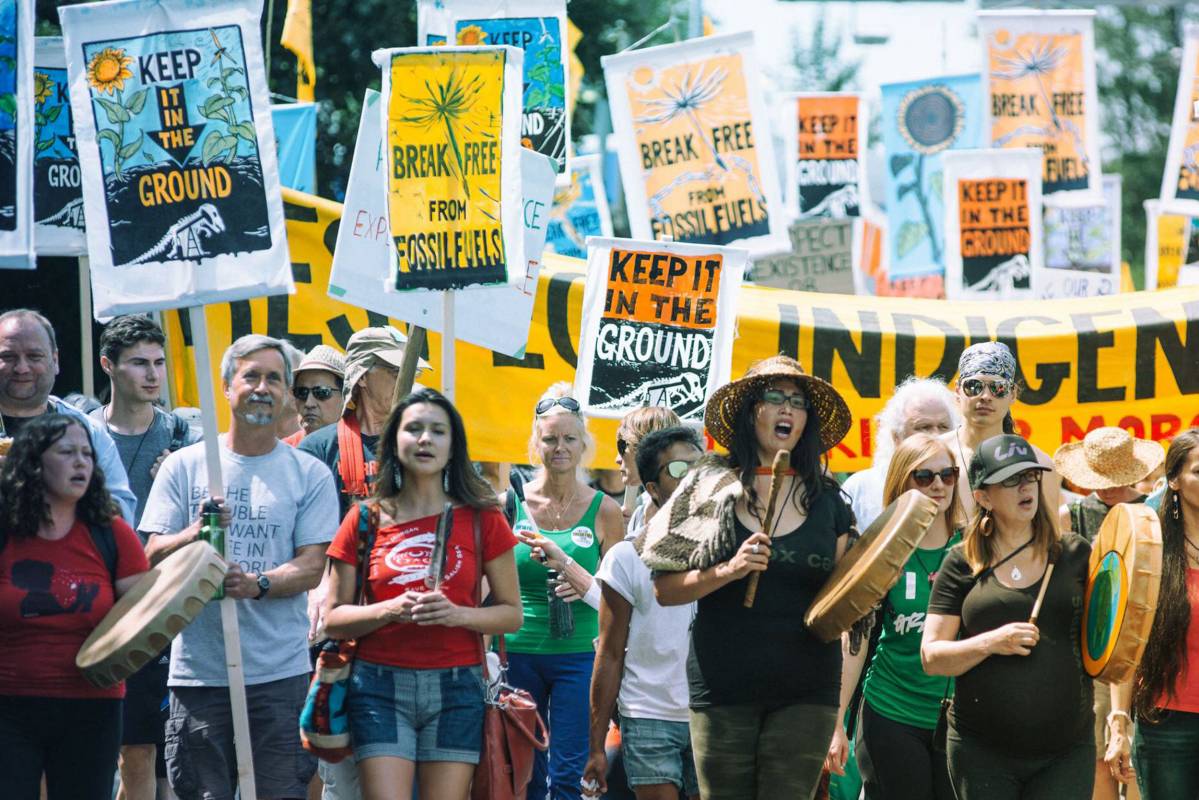- About
- Topics
- Picks
- Audio
- Story
- In-Depth
- Opinion
- News
- Donate
- Signup for our newsletterOur Editors' Best Picks.Send
Read, Debate: Engage.
| June 26, 2021 | |
|---|---|
| topic: | Climate Change |
| tags: | #Marijuana, #USA, #climate crisis, #climate action |
| located: | USA |
| by: | Jack Ramage |
Unless you’re a FOX news consuming, tin-foil hat wearing, climate change denier - it’s pretty evident that climate change is arguably one of the most prominent existential threats humanity faces today. And, as it turns out, there is reason to believe the continued federal criminalisation of weed in the US is actually contributing to climate change. Let me explain.
A recent report by Politico explains the fact that the federal government still considers weed an illegal substance, which restricts the ability to sell across state lines. This forces legal growers in some states to use energy-intensive practices to meet the demands of fellow legal stoners.
To put things in brief: states in colder climates and with more restrictive laws are required to do most of their growing indoors - requiring a lot of energy-demanding equipment to create an artificial climate where weed can happily grow. Think of the high-powered lights, huge warehouses of bud and all the other things required to cultivate a state’s worth of legal weed. That racks up a huge energy bill that is not only costly to the grower but also has a huge cost for the environment.
According to a paper published by the Lawrence Berkeley National Laboratory(LBNL), indoor cannabis production can require as much as 2,000 watts of electricity per square meter. Overall, this equates to more than one per cent of the total energy use in the US and costs about $6 billion per year. The energy output is the equivalent of adding 3 million cars to US roads - all so selected states can have their legal spliff. Crazy, right?
Weed has become the most energy-intensive crop in the country - and taking a look at the usage of a state-by-state basis proves this. According to a report from MassLive, the indoor cultivation of cannabis in the state of Massachusetts is responsible for a mind-blowing 10 per cent of the entire state’s industrial electricity usage. Likewise, in Colorado, studies have found cannabis farms to have a larger carbon footprint than its coal mines.
Now, compare this with states that have fully legalised both the sale and production of weed, which have better climates for outdoor production outside. The same paper by LBNL found that the production of weed in these states costs only 50 watts of electricity per square meter. That’s a 97.5 per cent reduction of the total energy consumption.
I can hear the critics already. If weed is such a costly blow to the planet, why legalise it in the first place? Why not crack down on growers instead of venturing down the capitalistic, corporate mass-production path? Well, there is an argument there but I find it better to look at the bigger picture.
As I briefly listed at the start of this article, there are numerous societal benefits for legalising the green stuff - both economically and ethically. Disregarding the benefits this can bring and the detrimental impact criminalising a plant can have on those in society, often who are the most vulnerable, would be grossly negligent. Likewise, partially legalising weed across only a number of states has shown, and is still showing, to have a harmful effect on our environment.
If the federal government allowed weed to be sold across state lines, outdoor weed farms in certain, more temperate states - that can cultivate the plant in significantly less energy-intensive ways - would be able to expand their offerings and sell to other states. Cannabis farmers would be able to post up in these particular states, where the weed grows easily and naturally, and be able to sell to the whole country - not limited by bureaucracy and legislation.
Legalisation on a federal government level would also bring in regulations for farmers to ensure the weed is being grown in an eco-friendly way. As it stands, states are creating their own laws to regulate weed farms - some effective, others, not so much. Illinois requires weed farmers to use energy-efficient LED lights but that’s only a drop in the ocean when you consider the giant warehouses having to be built to facilitate such farms.
It’s important to note that outdoor growing isn’t the ‘be all and end all’ solution to the damage weed farming has on the environment. After all, numerous reports have shown that weed farming requires a significant amount of water - and to make matters worse, weed grows best in the states where water is the most scarce.
That being said, it’s a step in the right direction and far more eco-friendly than the colossal indoor cannabis farms that are popping up across the US at the moment. So are you listening, Biden? Let’s legalise weed completely and enjoy the high without the high cost for our planet.
This article was originally published on Screen Shot Media.
Image: Angelo Carosio.
By copying the embed code below, you agree to adhere to our republishing guidelines.
